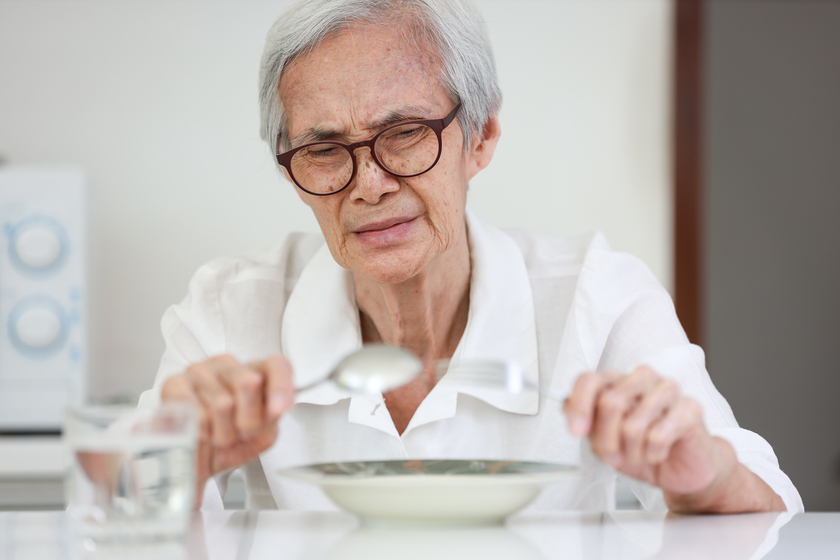Malnutrition is a condition that occurs when the body does not get enough nutrients from food. Malnourishment can be caused by eating too little food, an inability to absorb nutrients properly, or an inability to digest food for other reasons. Elderly people are at a higher risk than others for malnutrition because their bodies may respond differently to illness and injury than those of younger adults. In addition, many older adults experience some form of cognitive decline, making it difficult for them to recognize hunger pangs and remember how much they need each day. This article will discuss some signs of malnutrition in seniors living in an assisted living center in Highland Meadows, TX, so that family members can be more aware of this possibility and know how best to address it if it arises
General Appearance And Behavior
A person’s general appearance and behavior are also good indicators of malnutrition. If you notice that your loved one is losing weight or if they appear to be unnaturally skinny and weak, this may be a sign of malnourishment. Older adults with dementia often have altered eating habits that make it difficult to get the nutrients they need from food alone; they may also have difficulty chewing and swallowing correctly, leading to malnutrition.
Weakness, Lethargy, And Confusion
Weakness, lethargy, and confusion are the most common signs of malnutrition in the elderly. If you notice that your loved one is experiencing these symptoms, it’s essential to speak with their doctor immediately.
The National Institute on Aging reports that multiple things, including inadequate nutrition or dehydration, can cause weakness. Lethargy affects your ability to get out of bed or move around, while confusion prevents you from thinking clearly and deciding what you want for dinner tonight.
Appetite Loss Or Reduced Food Intake
Appetite loss or reduced food intake is a physical sign of malnutrition. It occurs when you don’t eat enough calories, proteins, and nutrients to sustain your body. Your body needs these nutrients to maintain its normal functions, so if you don’t consume enough of them, it enters into starvation mode and begins to break down muscle tissue instead of fat cells for energy. This leads to weakness and fatigue that can affect your ability to perform daily activities walking.
Nutritional Deficiencies And Weight Loss
Nutritional deficiencies and weight loss are two of the most common signs of malnutrition in elderly assisted living centers. If you notice that your loved one is losing weight but not eating less food or participating in fewer activities, this may be a sign that they aren’t getting enough nutrients from their diet. A lack of nutrients can lead to a decrease in appetite because the body isn’t receiving what it needs to function correctly; without proper nutrition, your loved one will begin feeling tired and weak all the time which means they might not want to eat as much as they normally would (or at all).
Swollen Ankles And Feet
Swelling is a common sign of dehydration in the elderly. Swollen ankles and feet are also associated with malnutrition and other medical problems such as heart disease or high blood pressure. Older adults who live alone may not drink enough water to stay hydrated; this could lead to swelling in their extremities, which can cause pain or discomfort when walking or standing for long periods.
Conclusion
Malnutrition is a serious issue that can lead to many health problems in the elderly. If you notice any of these signs in your loved one, contact us immediately so we can help them get back on track with their diet and nutrition needs.







